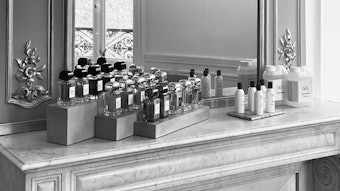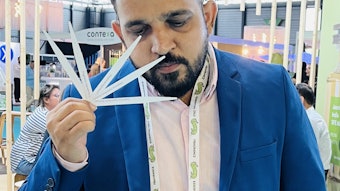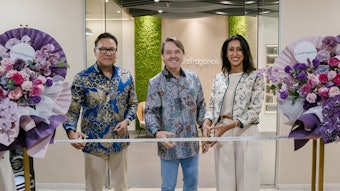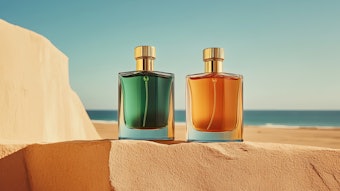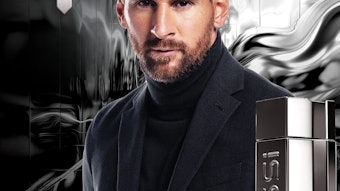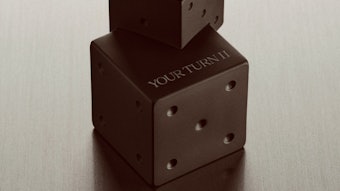A recent Women in Flavor and Fragrance Commerce (www.wffc.org) event provided a rare glimpse into a master perfumer’s mind. Symrise’s Maurice Roucel sat down with P&Fnow editor Jeb Gleason-Allured for a one-on-one discussion of this craftsman’s work, creative process and perspectives on today’s business climate.
Roucel is an accomplished perfumer respected throughout the industry. His creations include Tocade (Rochas), 24 Faubourg (Hermes), Guess for Women (Coty) and Envy (Gucci). Though a serious creative force, Roucel is also a thoughtful interviewee, a wry wit with an understated intelligence and humor. When asked where he finds his inspiration, Roucel jokingly held up his glass of wine.
Inspiration
During the discussion, the perfumer revealed that he always creates from his mind, not his nose. After all, he laughed, he was a longtime smoker. So, if Roucel’s scents often originate as abstract concepts in his brain, how does he translate them into concrete fragrances?
“I don’t know for other perfumers,” he says, “but for myself, I don’t know, maybe it comes from the sky.” Doubtful. In fact, this master perfumer’s ideas often take years to form from a single spark of inspiration, such as a flower. In the case of Envy, the flower in question was hyacinth. Spotting this flower in May of 1984 (Roucel can still clearly recall the exact moment), the perfumer was moved. However, the notion that would become this fresh floral scent required 13 years of incubation. “Because of perfection,” Roucel explained. “For Envy, the perfume arrived in 1997, but I’d worked on the idea since 1984.”
Creative Process
Roucel alluded to the fact that perfumers are not machines, nor are they 100% scientists. Perfumers require trial and error to create fragrances. A certain ratio of failure is built into the creative process. Roucel alluded to that inexactitude of creation when he said, “If you have an idea, it’s in some kind of mist.”
“They have intuition,” he said. “[Scientists] are rational; they demonstrate with mathematics. But you need further intuition. You cannot arrive at a perfume, you cannot arrive at a new theory in physics, if you are not fairly intuitive.”
Often, that intuition is a shared one. Roucel in many ways defies the auteur image of the traditional artist, highlighting the benefits – and indeed necessities – of collaboration.
“You have the first level [of inspiration] where you have to be obsessed with the idea of the perfume that you can share with somebody, somebody you trust, somebody who will be able to make for a good ‘tennis game’.” This interaction with colleagues appears crucial to Roucel’s process. But the process is only as good as its participants. “You cannot enjoy a tennis game with somebody who is not on the right level.”
“You need somebody else [involved in the process], because you are not working for yourself. I would say a perfume is like a ‘baby.’ A baby has a father and a mother. It is much more interesting to share with somebody than to work alone. The most interesting thing is to share. Because we are working for the client, to share.”
Roucel says the feedback he receives from colleagues is very welcome (“I am surrounded by good people”), but admits, “I can be a little bit stubborn.”
Launch Fatigue
There appears to be general agreement within the fine fragrance world that there are simply too many launches. And for every launch comes consumer tests which are a serious financial burden, especially considering the limited amount of truly successful scents. This fragrance by committee approach, said Roucel, has turned fragrance into a commodity. “Every year you have 300-400 new perfume challenges,” said Roucel. “That’s a huge cemetery.” In the end, Roucel noted, a very small percentage of successful scents are financing the many unsuccessful launches each year, a system that is simply not working. As he put it, “It is possible we are going nowhere.”
But the true art of perfumery and its demand for constant innovation and improvement appears to be what keeps Roucel in the game. And though his career is well-established, he continues to seek out new challenges. “The question is,” he says, “I’m 56—what do I do?” The answer? “If I want to compete, I train and train. I’m always making my best [work].”


